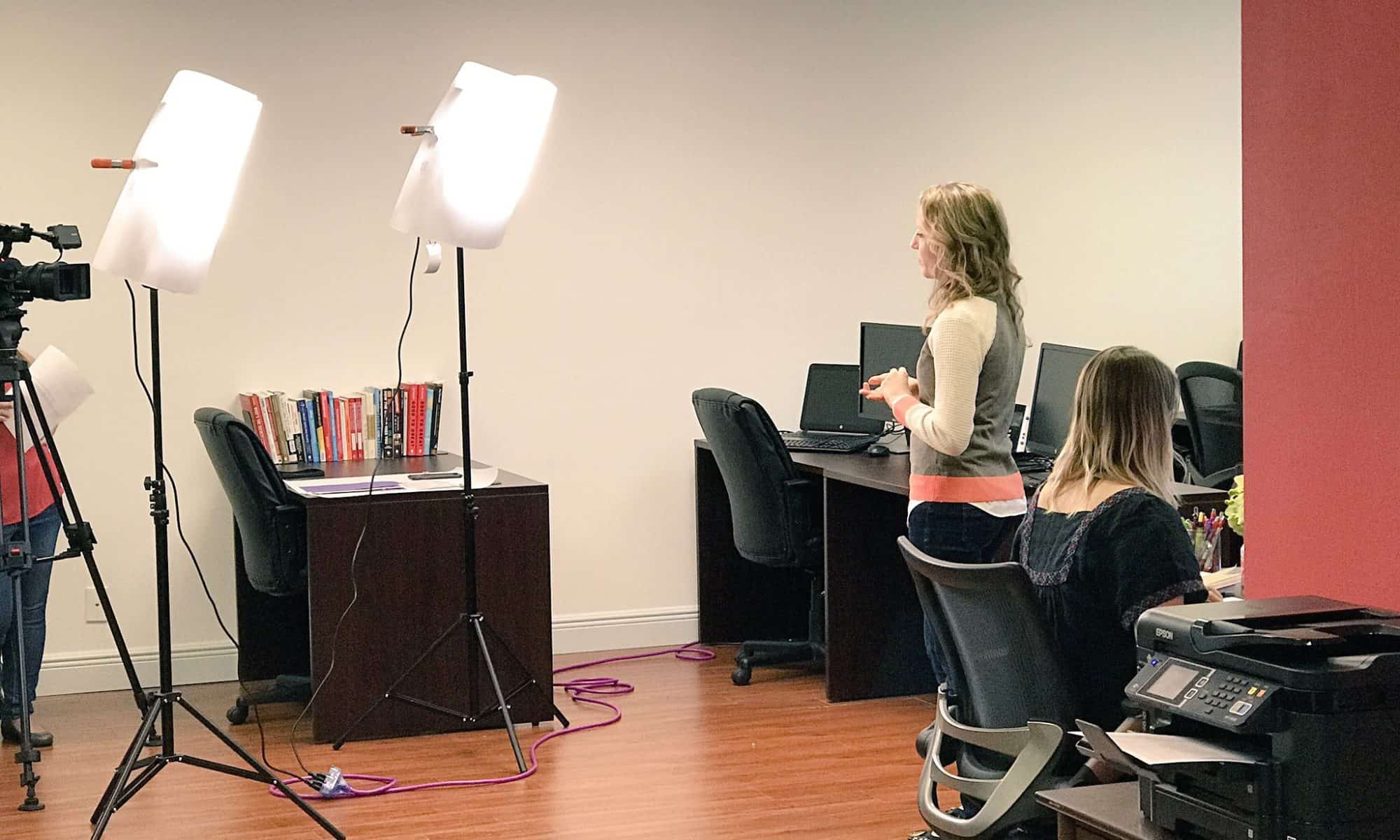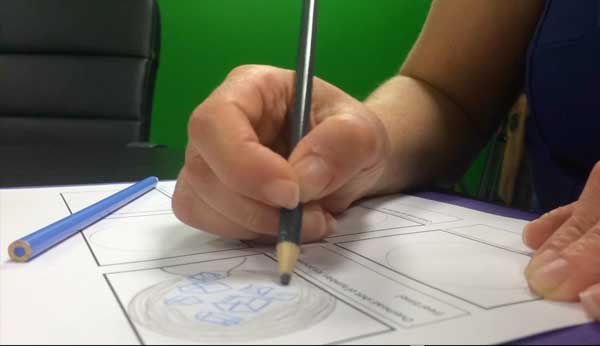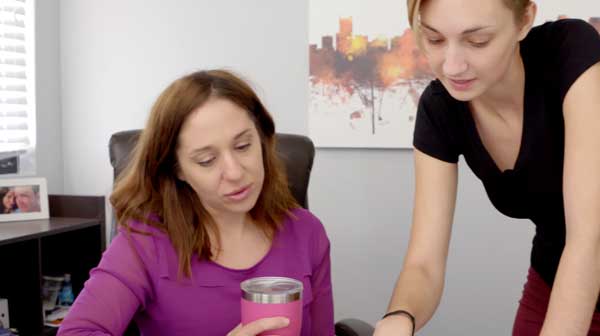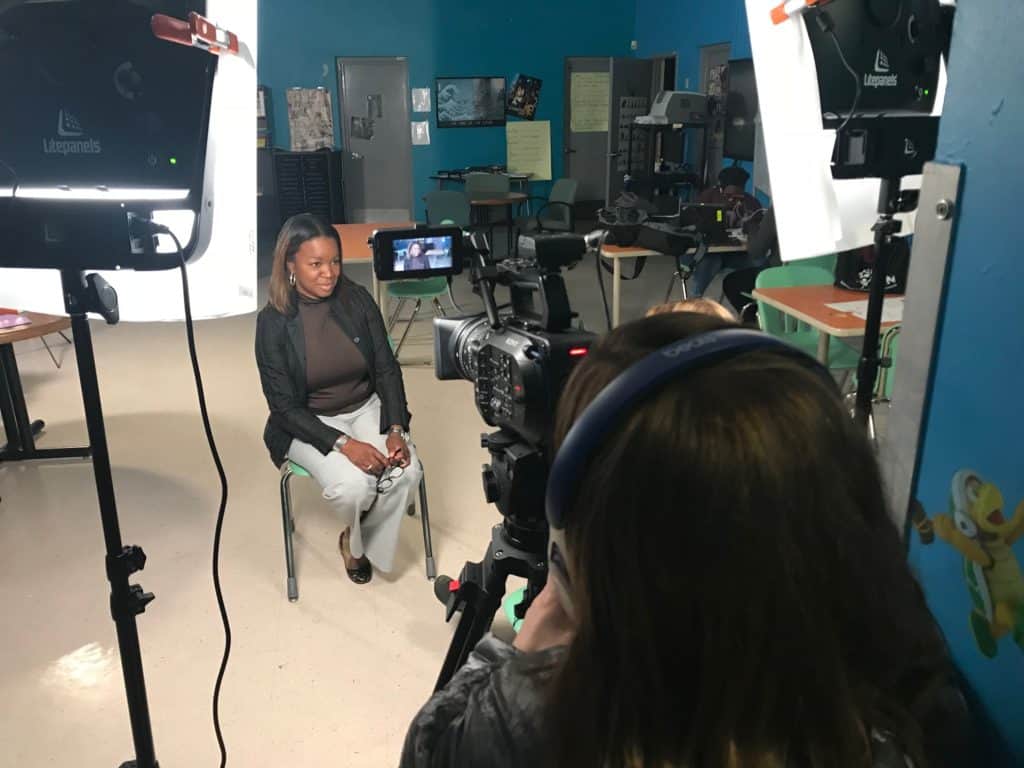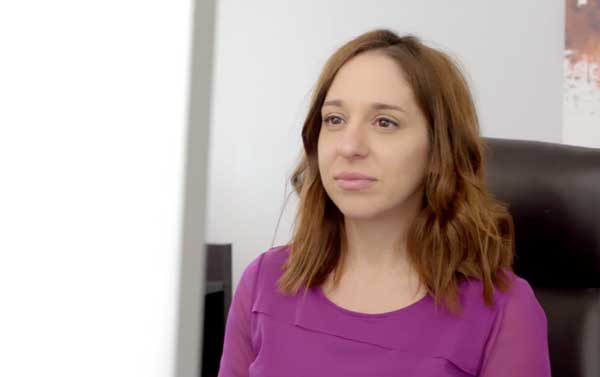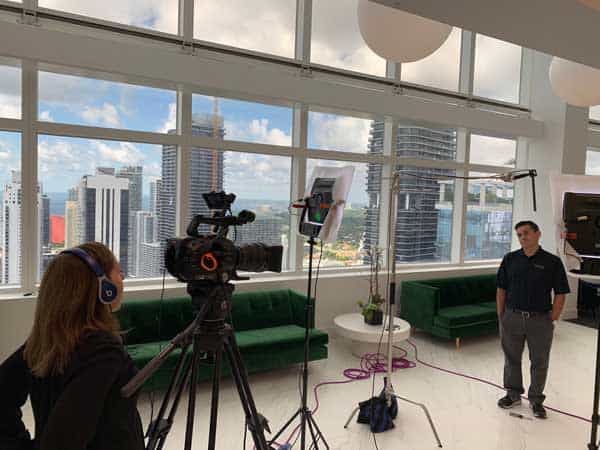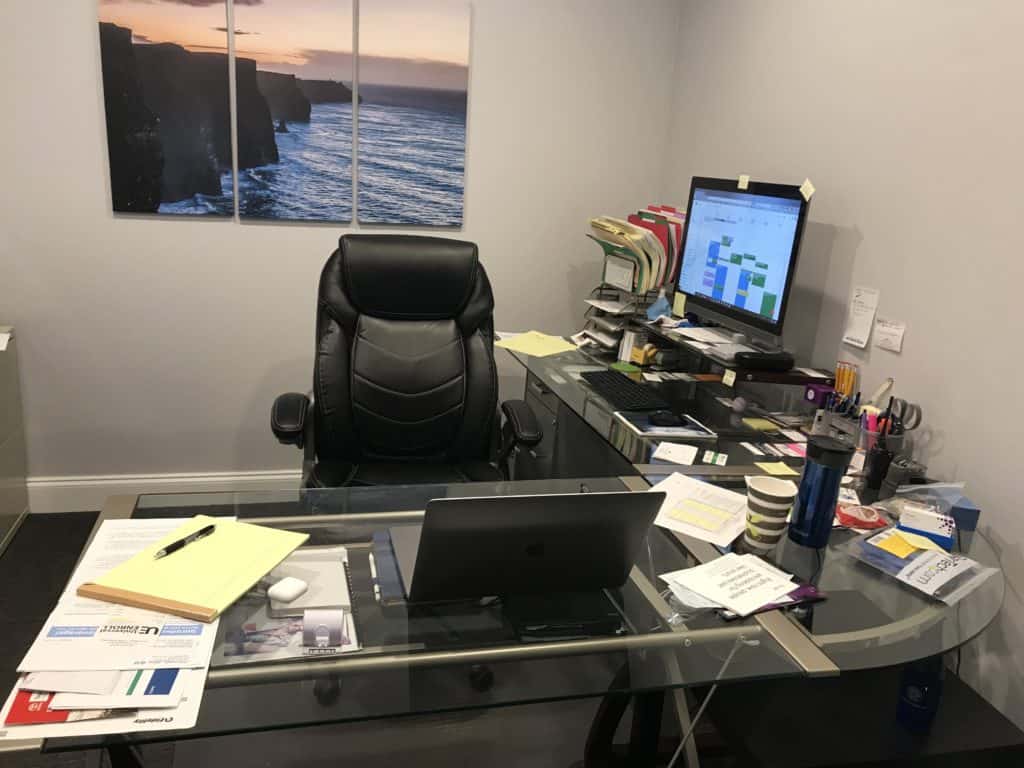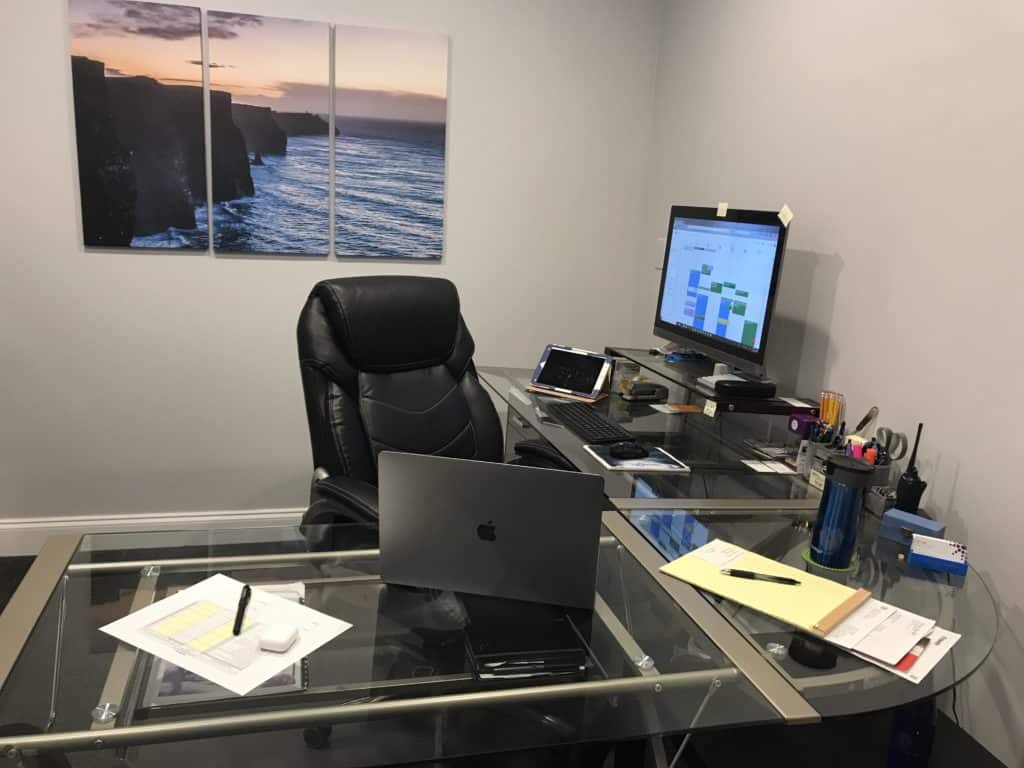What’s the Ideal Length for a Marketing Video?
We get this question a lot. Most people think a video should either be short (15 to 30 seconds) or long (4 to 5 minutes). Both might be right; both might be wrong. Here are our thoughts.
The length of your video depends on your goals and objectives. Are you looking for leads? Are you looking for sales? Are you looking to inform? Bring them to a funnel? Provide education? There are several reasons videos are created, but not all perform the same and not all should be used for any given situation.
Informative Videos
Video marketing is a bit science and art, so let’s first identify where you’re using the video. That’s going to drive content and length. For example, many popular videos on YouTube are longer videos. Longer videos are popular because they are providing information and viewers watch longer to learn more. Their content is giving the viewer information that they need or want (think How to Create Your First YouTube Video or How to Use Doodly). These online videos are informative and provide insights into something extremely specific. It has nothing to do with a viewer’s attention span because they want to know the information.
Facebook Videos
On the other extreme are Facebook Videos and Instagram Stories. These tend to be shorter in length because they are more social in nature and typically more promotional. Instagram limits the length of your video, but most companies are finding that 30 seconds for an Instagram video is most effective. If someone is scrolling through Instagram, they’re usually doing it to relax or waste time while waiting somewhere. Ads can be effective, but you must get to the point quickly.
Facebook videos are remarkably similar to Instagram in that they’re being watched while relaxing or waiting somewhere. Also, like Instagram most of the time people are scrolling along on mute; therefore, when creating social media videos, it is important to incorporate graphic punch words like this below.
Corporate Video
Video content used for the purpose of marketing tend to be 60 seconds to 2 minutes. Most of our clients tend to keep their videos around 90 seconds so that the overall message can be shared yet keep the length short enough to hold their attention. Long videos can perform if used properly. For example, an Explainer Video typically requires a little more time to illustrate how something works. But an About Us video typically requires less time and people typically won’t watch the entire video.
Corporate Website Video
For any video production project, we’ll want to know where the video is being placed. This usually drives length as well. We might recommend editing a variety of lengths to give you flexibility in where to use each. For example, videos for a corporate website should be 30 to 90 seconds…just long enough to make the viewer want to learn more or take action (call you or fill out a submission form).
Landing Page Video
If you have a landing page to sell a product or service, once again, these videos should be 30 to 60 seconds, less than a minute long. People are not watching these videos long because they want to hear your key message and decide to purchase or not. Typically, this happens within 10 to 15 seconds. Any video on a landing page should be placed high up on the page…above the fold so that viewers see it immediately and know what to do.
Email Marketing Campaigns
While these videos can be any length, think about who you’re sending this to and why they should watch any longer than they must. These are typically slightly longer because they’re sent with the intent to educate and inform…not to sell. Using the word “video” in your email title should help your open rate (just make sure there’s a video to play!)
Explainer Videos
Explainer videos are typically meant to help people understand your product or service and explain how to use it. If you want to do these, you’ll want to keep them between 60 and 90 seconds…and get to the point rather early (by about 30 seconds) so they can feel like they should keep watching.
Case Study Videos
Depending on the content, these videos can be 5 to 10 minutes, but can also be made into shorter chunks to make them easier to consume. We’ve seen long form versions perform well and short form videos of this type perform well. If it’s more complex, we recommend shorter chunks.
About Us Videos
This is a video that can vary a little too. If you sell something that needs to earn trust before you make the sale, a longer video might be appropriate. That might mean it runs 3 or 4 minutes. This gives the viewer some time to consume and make some trust-level decisions. If they like you and your team and your culture, they’ll call you. These videos are typically about your culture, your team, and who you’re trying to attract to your team.
Interview Videos
Interview videos are typically informative and internal (or sent to a specific audience). They provide insights into the company and what he or she is working on to achieve objectives. We would recommend lengths of 5 to 10 minutes, depending on how engaging the topic is. Please don’t make people sit through something they don’t need to know. 🙂
Thought Leadership Videos
If the leaders of your organization want to stand out from the crowd as a thought leader, this video is ideal. Think TED talk or presentation style video. The speaker doesn’t have to be on stage, but the concept is similar. This content should be used for industry presentations or other relevant situations. These are typically 10 to 20 minutes in length, depending on the complexity or needs.
Video Reviews/Testimonial Videos
Have your customers/clients tell your prospects how good you are. These are highly effective for a landing page (under your main video or interspersed into the main video). Prospects often need validation to their decision. They need to know they’re making the right decision and don’t want to feel alone. This is a highly effective way to do that. These typically are short (30 to 60 seconds) and can be combined into a longer piece if needed. You can also use these in email campaigns after someone has hit a landing page but has not purchased.
We hope this post helps you decide what length your video should be based on where you are using it and what your objectives are. If you have any questions, please reach out and we can answer them.








